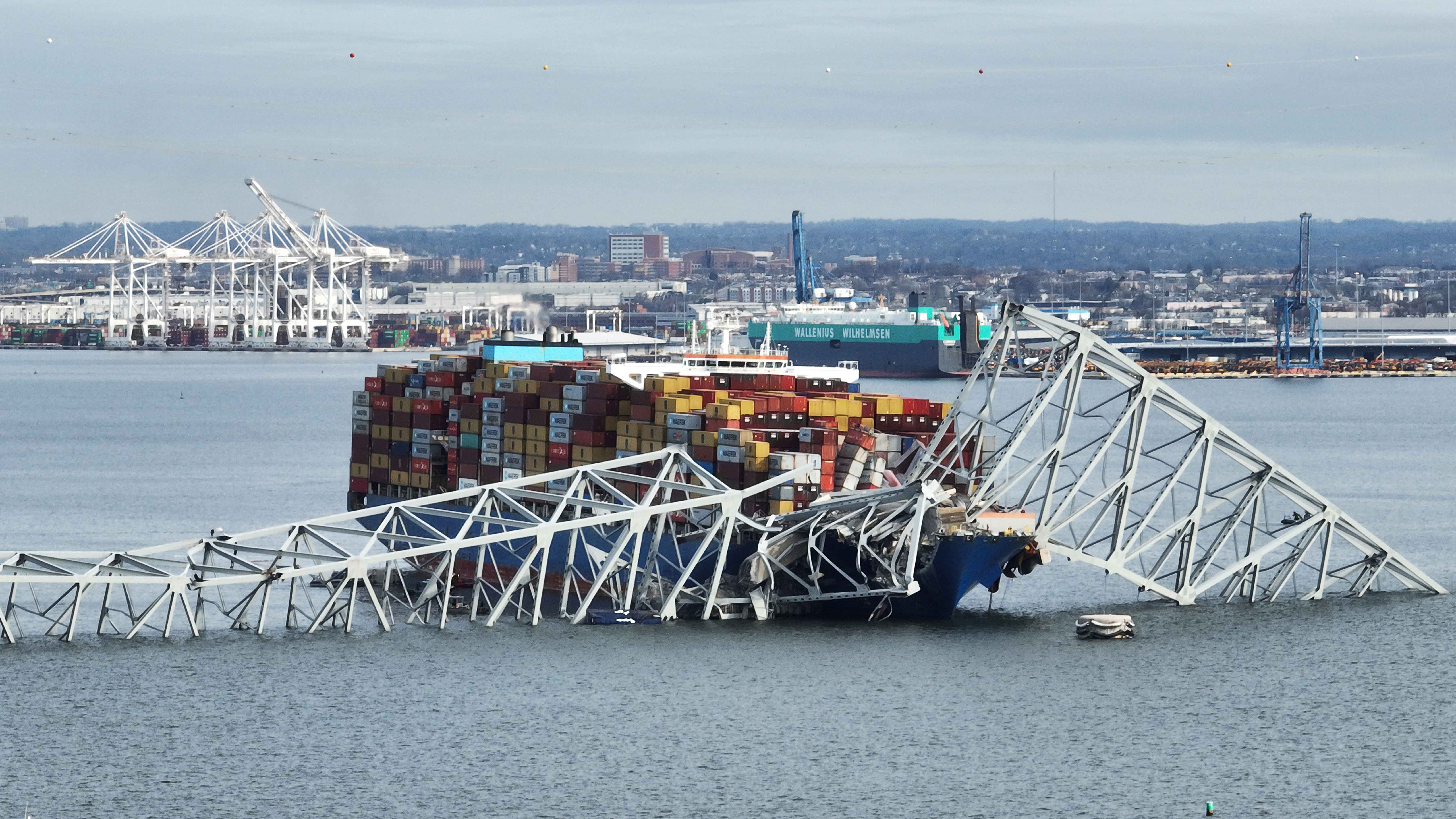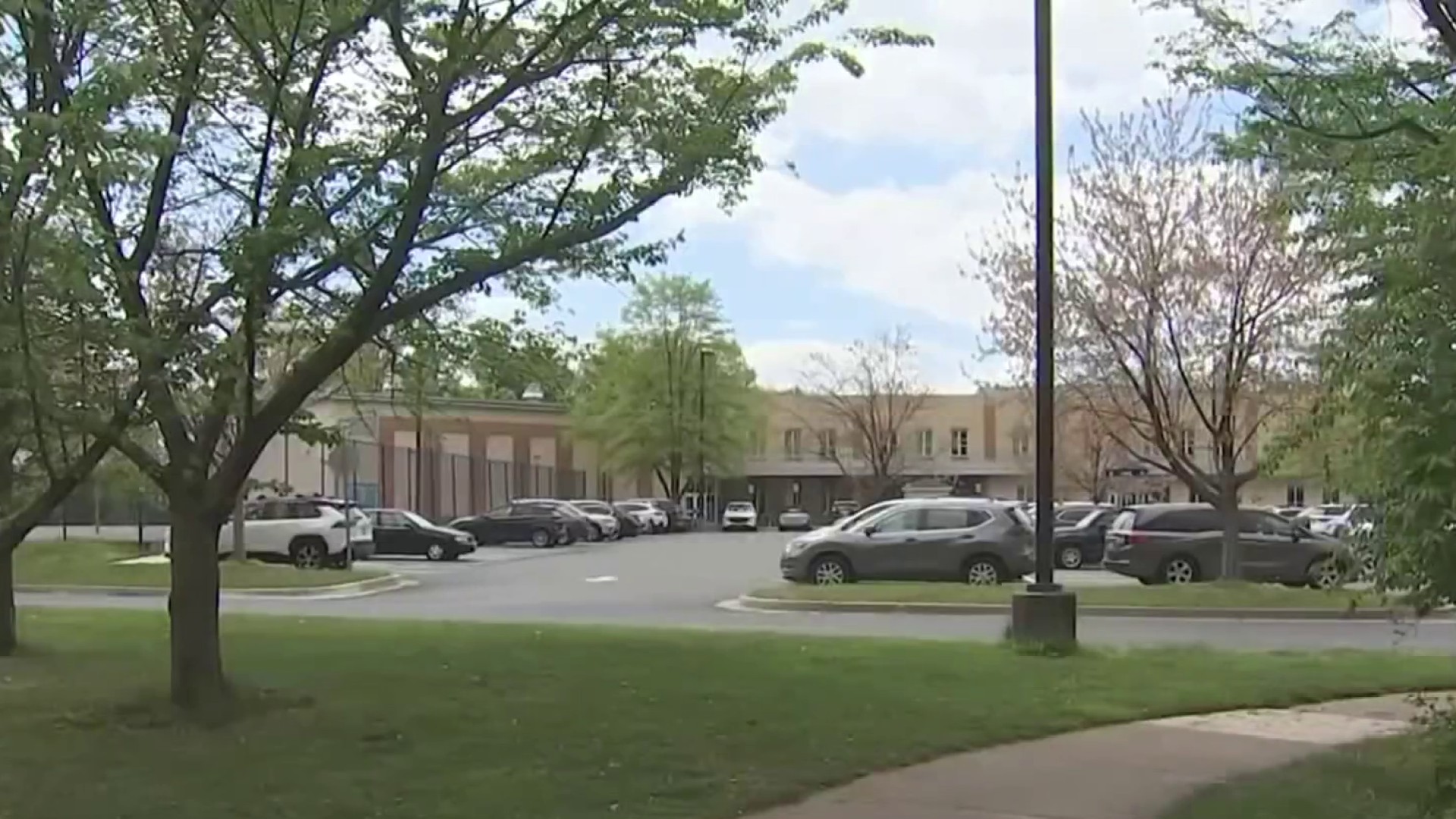What to Know
- Hurricane Florence is expected to hit the Carolinas at the end of the week as a Category 4 hurricane
- The system is forecast to move inland and dump rain on the D.C. area for up to six days
- States of emergency are in effect for Maryland and Virginia, where some coastal residents were ordered to evacuate
The D.C. area is already grappling with flooded roads before Hurricane Florence slams into the East Coast, possibly bringing days of storms and floods.
Hurricane Florence nudged slightly north Monday night and weakened slightly, but is expected to reinvigorate before slamming the Carolinas as a Category 4 hurricane at the end of the week.
Many residents along the coasts of South Carolina, North Carolina and Virginia are leaving for safer areas, although inland rain also poses a flood risk.
Gov. Ralph Northam ordered about 245,000 Virginians in the lowest-lying areas near the coast, including parts of Hampton Roads and the Eastern Shore, the Associated Press reported. The evacuation order takes effect Tuesday at 8 a.m., the Virginia Department of Emergency Management said.
Virginia has a tiered system for evacuations. Go here to see if you are in an evacuation zone: Virginia Hurricane Evacuation Zone Lookup Tool.
At the end of a soggy workweek, the D.C. area faces a chance for four to six days of heavy rain and flooding after Hurricane Florence makes landfall.
The Potomac River overtook Alexandria's King Street Sunday and Monday due to coastal flooding, requiring water rescues and inspiring at least one man to kayak down the road.
White's Ferry was closed Tuesday because of high water and debris. The University of Mary Washington in Fredericksburg, Virginia, says it will close all of its campuses at 5 p.m. Wednesday and reopen Monday morning.
Flooding is the biggest concern for the D.C. area in the days ahead: Florence is forecast to move inland and stall for several days, dumping rain on waterlogged ground.
There likely won't be a break in the wet weather before Florence reaches the D.C. metro region. Scattered rains are forecast to continue through Tuesday, followed by a few days with isolated storms.
Local
Washington, D.C., Maryland and Virginia local news, events and information
By Friday, Storm Team4 is tracking rains from Florence with a downpour starting Saturday, possibly bringing more than 4.5 inches of rain. Flooding is a major concern. The governors of Virginia and Maryland have declared states of emergency.
Maryland Gov. Larry Hogan declared a state of emergency as a precaution on Monday afternoon.
"At this time, there is still some uncertainty about the track of this storm and its potential impact, but we are preparing for any possible outcome, including the potential of historic, catastrophic and life-threatening flooding in Maryland," Hogan said. "Our state is taking every precaution, and I urge all Marylanders to do the same."
Virginia Gov. Ralph Northam declared a state of emergency Saturday ahead of the potential impact from Tropical Storm Florence, which continues to strengthen as it moves toward the mainland.
A mandatory evacuation order has been issued for residents living along the entire South Carolina coast.
South Carolina Gov. Henry McMaster has ordered the evacuation to start at noon Tuesday as Hurricane Florence approaches. The order applies to all eight counties along the coast: Jasper, Beaufort, Colleton, Charleston, Dorchester, Georgetown, Horry, and Berkeley counties.
He said storm surge could reach as high as 10 feet and estimates 1 million residents will be leaving the coast. Eastbound lanes of Interstate 26 heading into Charleston and U.S. 501 heading into Myrtle Beach will be reversed when the order takes effect.
McMaster already declared a state of emergency in South Carolina and asked President Donald Trump for a federal declaration ahead of the storm, which intensified Monday to a potentially catastrophic Category 4 hurricane with maximum sustained winds near 130 mph.
The first effects were already being seen on barrier islands Monday as dangerous rip currents and seawater flowed over the state highway. People were told to prepare to evacuate communities up and down a stretch of coastline already identified as particularly vulnerable to rising sea levels due to climate change.
Florence's growth came incredibly quickly — the National Weather Service announced it grew to Category 4 just over an hour after saying it became a Category 3 storm.
By 5 a.m. Tuesday, Florence was centered about 975 miles (1,570 kilometers) east-southeast of Cape Fear, North Carolina, and moving west-northwest at 15 mph (24 kph). Its center will move between Bermuda and the Bahamas on Tuesday and Wednesday and approach the coast of South Carolina or North Carolina on Thursday.



